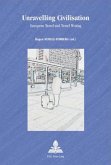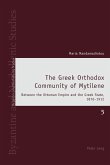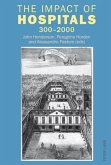In this book the author explores the representational strategies of the modern period and their relation to political life through the story of Stanislas Leszczynski, architect king and roi bienfaisant, 'a king that does good'. The ingredients of his story are compelling. They include: an exiled king (who makes a cameo appearance in Voltaire's Candide and corresponds with Rousseau); a collection of writings that include aphorisms, political treatises, and a utopian novel; gardens that include a grotto of eighty-six life-size automata and an experimental village of courtiers; and architecture and landscapes that traverse the contested boundaries of central Europe, imaginary constructions of the orient, and the borderlines between fact and fiction. These come together to make a distinctive account of the transitional period in eighteenth-century culture. Stanislas' architectural and literary works were rooted in an acceptance of the uncertainty of the world more characteristic of the story. His 'hope of a better age' emerges as an endeavour - through the writing and the architecture - to find one's own meaning in history as well as a model for the good life. His story suggests a way of exploring what this struggle still entails today.
Bitte wählen Sie Ihr Anliegen aus.
Rechnungen
Retourenschein anfordern
Bestellstatus
Storno








